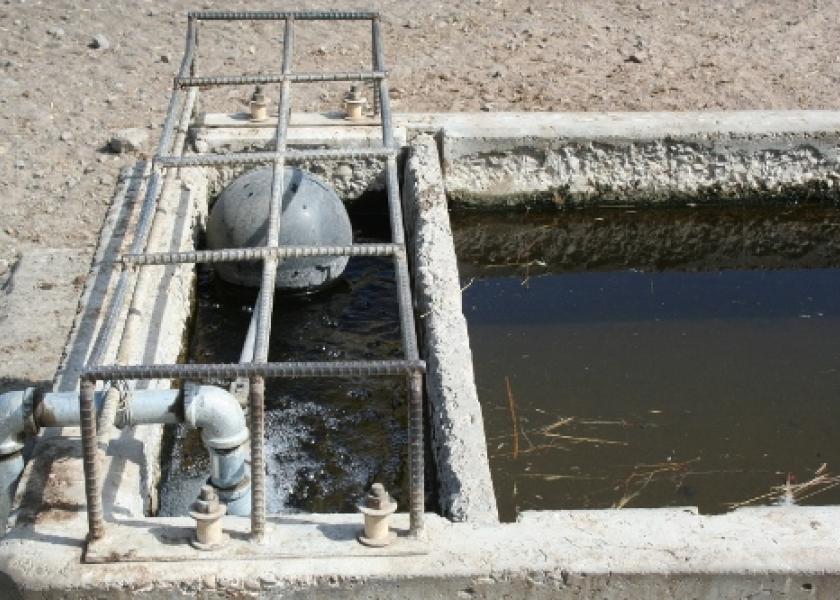12 Ways to Prevent the Spread of Disease in Feedlots

This article is based on a presentation made by Oliver Schuinct, DVM, Feedlot Health Management Services during an Academy of Veterinary Consultants conference.
Hospital pens play a key role in helping animals recover from sickness, and also in preventing the spread of disease to other cattle in a feedlot. Sound management, health protocols and facilities maintenance can help achieve those goals. Here are 12 tips that can help:
1. Train hospital crews to isolate animals with infectious diseases and schedule those animals last for treatment, after non-infectious animals in the hospital, to minimize risk of spreading the disease.
2. In the case of an outbreak of infectious disease, designate a separate pen for isolating and treating affected animals.
3. Design hospital facilities for easy cleaning. Remove all organic material on a regular basis and use disinfectants following treatment of any infectious diseases.
4. Keep all equipment clean, maintain refrigerators and verify their temperatures, clean the chute area and verify the accuracy of scales.
5. Provide plenty of pen space and bunk space for cattle in the hospital, along with bedding and shade as needed. The hospital pen should be more comfortable, not less comfortable, than the home pen.
6. Encourage regular communication between pen riders, hospital crews, managers and the veterinarian.
7. Use rectal temperature as a chute-side diagnostic for bovine respiratory disease (BRD). Case fatality rates rise when temperatures exceed 105 F, and those cattle need timely treatment.
8. Treating cattle and sending them back to home pens, instead of keeping them in the hospital, can provide advantages, especially with today’s long-acting antibiotics. Cattle sent back to their home pens avoid exposure to other diseases, don’t have to adjust to a new social hierarchy and return to the same ration they have been eating. Pen riders must be able to identify these animals in their pens and keep a close eye on them.
9. Some cattle need to spend time in the hospital, such as those needing multi-day treatments, bullers, chronics or those that are physically unfit to return to their home pens.
10. For lameness cases, the cause of lameness can determine whether the animals should stay in the hospital or return to home pens. Cases of toe-tip necrosis or arthritis generally benefit from time in the hospital. Those with hairy heel warts should be isolated. Footrot cases can return to their pens, as can most cases of laminitis.
11. Cattle with chronic lameness or other chronic conditions often need to be kept in separate facilities, but some can be returned to their home pens for shipment to slaughter with their pen mates. Some others need to ship early or might require euthanasia. The feedlot should determine specific conditions for using euthanasia and train crews to make the decision based on those parameters.
12. Train hospital crews to use sound animal-handling practices. Good protocols, Schuinct says, can be overwhelmed by poor husbandry.







